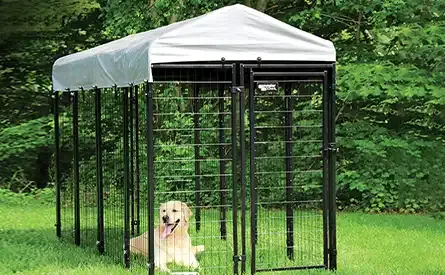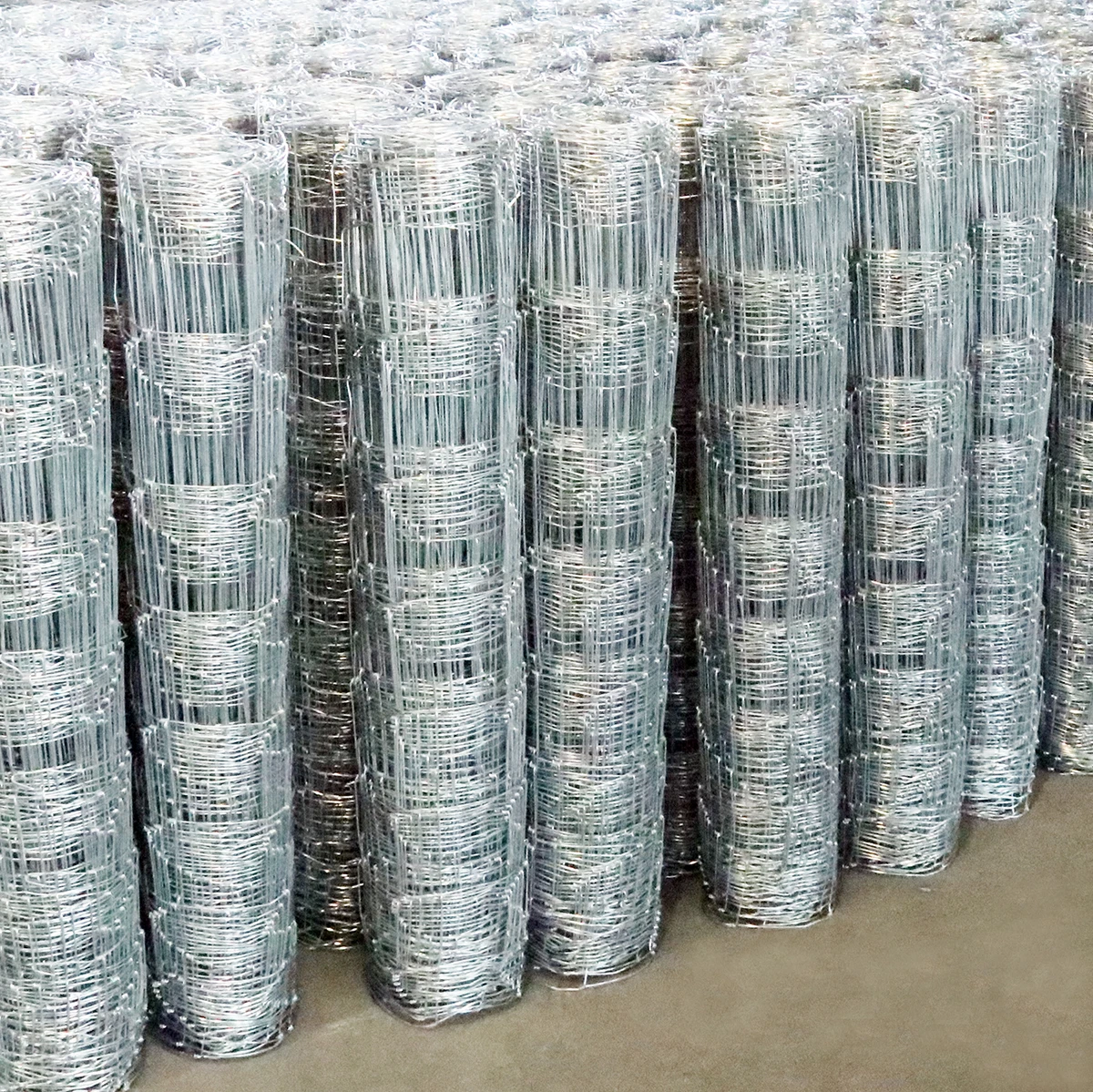Choosing the Right Nails for Installing Ridge Vents Effectively and Securely
Dic . 19, 2024 00:41
Nails for Ridge Vent An Essential Component for Roof Ventilation
Ridge vents are a crucial element in maintaining a well-ventilated attic and promoting overall roof health. As homes are subjected to varying weather conditions and environmental stresses, proper ventilation becomes necessary to prevent problems such as moisture buildup, mold growth, and roof deterioration. Among the components essential to ridge vent installation, the choice of nails plays a significant role in ensuring both performance and longevity. This article explores the importance of selecting the right nails for ridge vents and offers insights into the best practices for installation.
Understanding Ridge Vents
Ridge vents are positioned along the topmost part of a sloped roof and work by allowing hot air to escape from the attic while facilitating the intake of cooler air through soffit vents. This passive ventilation system promotes a balanced airflow, contributing to energy efficiency and extending the lifespan of roofing materials. However, to function effectively, ridge vents must be properly installed, which includes using the right type of nails to secure the vent in place.
The Importance of Nail Selection
Choosing the correct nails for ridge vent installation is critical for several reasons
1. Weather Resistance Roofing environments are often exposed to harsh weather conditions, including rain, snow, and high winds. Using corrosion-resistant nails, such as galvanized or stainless steel, ensures that the nails will not rust or deteriorate over time, thus maintaining the integrity of the vent and the roof structure.
2. Durability Ridge vents must endure various strains due to wind uplift and thermal expansion. By selecting nails that are designed for roofing applications and provide exceptional holding power, homeowners can prevent the ridge vent from becoming loose or dislodged, reducing the likelihood of leaks and water damage.
3. Compatibility with Materials Roofs can be constructed from different materials, including asphalt shingles, metal panels, or tiles. It is crucial to use the appropriate type and length of nails that will securely penetrate these materials without causing damage. Longer nails may be necessary for thicker materials, ensuring a firm grip while avoiding over-penetration.
nails for ridge vent

Best Practices for Installation
When installing ridge vents, following best practices can enhance their effectiveness and durability
1. Fastening Technique Use a nail gun or hammer to apply nails evenly along the length of the vent. Typically, nails should be placed at regular intervals—usually every 12 to 24 inches, depending on local building codes and the specific type of vent being installed. This consistent fastening helps distribute the wind load evenly across the ridge vent.
2. Avoid Overdriving Ensure that nails are not overdriven, as this can damage the vent material and compromise its sealing capabilities. Nails should be driven flush with the surface of the vent to prevent any potential leaks.
3. Follow Manufacturer Guidelines Always refer to the manufacturer’s installation instructions for specific recommendations on nail types, sizes, and installation techniques. Adhering to these guidelines ensures that warranties remain valid and that the system performs as intended.
4. Inspect Regularly After the installation, periodic inspections can help catch any potential issues early. Checking for loose nails or signs of rust can prevent larger problems down the line.
Conclusion
Selecting the right nails for ridge vent installation is a fundamental aspect of roof maintenance. By ensuring that these fasteners are weather-resistant and durable, homeowners can enhance the effectiveness of their ventilation systems, prolonging the lifespan of their roofs and safeguarding their homes. With proper installation techniques and regular inspections, ridge vents can work efficiently, providing much-needed airflow to attics and preserving the overall health of the building.









 Unity
Unity Creation
Creation Challenge
Challenge Contribution
Contribution










